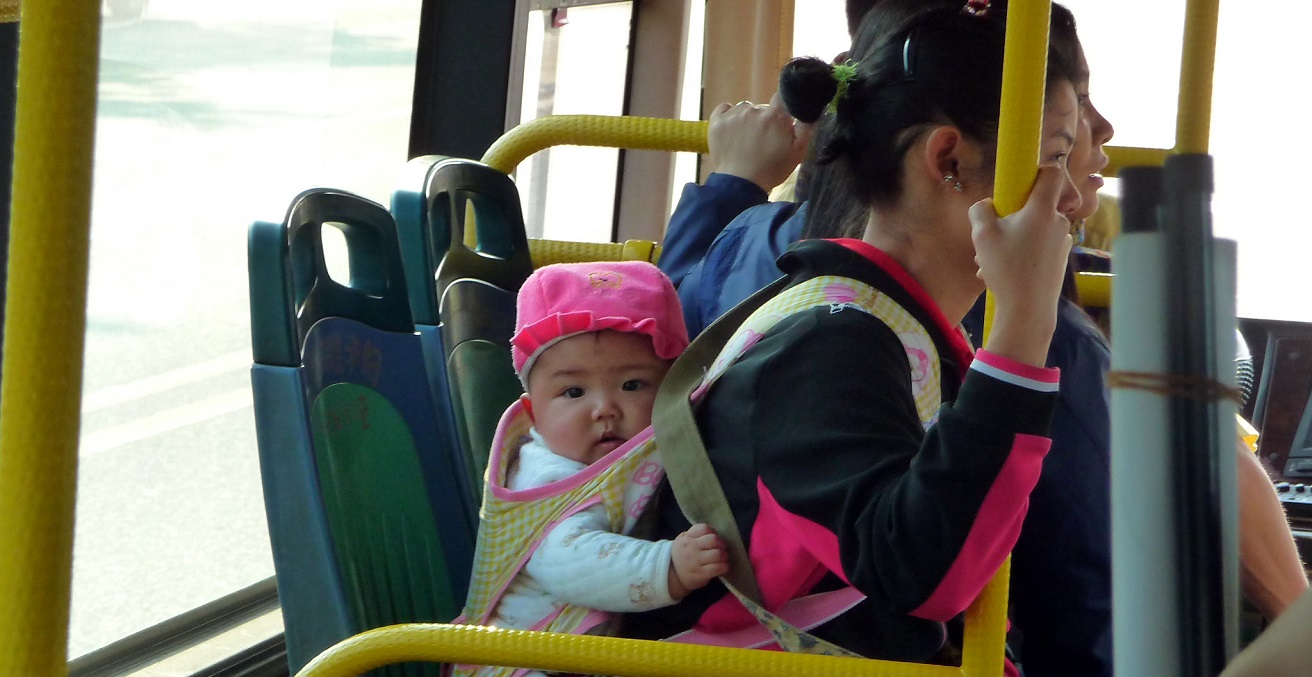Gender Inequality: A Key to Understand China’s Population Decline

Without a genuine commitment to gender equity and reproductive rights, China’s birth-incentivising measures are unlikely to result in any sustained fertility recovery. Rather, these pro-natalist efforts will reinforce existing patterns of gender inequality.
The figures marked an unmistakable sea change: In January 2023, China’s National Bureau of Statistics reported 9.56 million births and 10.41 million deaths in 2022—a shrinkage of 0.85 million. Simply put, China—the world’s most populous country since at least 1950 when the United Nations began recording national populations—announced a population decline, its first since 1961, the last year of the Great Chinese Famine. The UN projects that as early as April 2023, India will surpass China in population size.
The signs pointing to this moment have long been clear: China’s total fertility rate (TFR) took a nose dive throughout the 1970s, a drop that was substantially driven by the Chinese Communist Party (CCP) leadership’s birth planning efforts—the “later (marriage), longer (birth interval), fewer (children)” campaign. Despite an already dramatic decrease, the Chinese party-state further implemented the draconian one-child policy in 1980, with the misguided hope that by further limiting births, China would attain a population size most optimal for its economic development. China’s TFR has remained below the replacement level since the early 1990s.
Now the tide has turned. Amid growing concerns surrounding China’s rapid aging population, shrinking labour pool, and possible economic stagnation, the CCP leadership introduced the universal two-child policy in 2016, allowing all married heterosexual couples in mainland China to have a maximum of two children. This birth quota was later increased to three children in 2021. Across provinces, local governments’ birth-incentivising measures—from cash incentives to extensions of parental and marriage leaves—continue to come in waves.
Despite concerted state promotion, so far these efforts have achieved little efficacy in boosting fertility. To make sense of China’s sustained decline in births, one key lies in understanding the entrenched patterns of gender inequality—at home, in the labor market, and beyond.
Gender Inequality at the Work-Family Interface
At the heart of childbearing is a series of decisions made under a range complex circumstances. Seemingly personal, these choices—whether to have children, when, and how many—are shaped by the social forces that individuals continuously encounter in their lives. Scholarly and journalistic accounts have consistently documented that for contemporary Chinese women, familial norms that expect their timely marriage and prompt childbearing have remained durable. In my research that draws on over 100 in-depth interviews with young urban Chinese women and men, female respondents have frequently described having one child, upon entry into marriage, as a taken-for-granted obligation. At the same time, these women have cited a host of constraints as they contemplated the transition into a second birth.
One such obstacle is the gendered shortage of time. The prevailing cultural expectations of modern parenthood demand the intensive involvement and undivided devotion of mothers in childrearing. For working women, intensive mothering translates into what sociologist Arlie Russell Hochschild calls “the second shift” at home. Such patterns hold true for China as well: that is, women in contemporary China continue to shoulder the lion’s share of housework and childcare. Time constraints, as a result of gender inequality at home, is one significant factor when analysing fertility decline: For example, looking at heterosexual couples in OECD countries, research has illustrated a positive association between more equal division of household labour on one hand and greater intentions for higher-order births, on the other.
Pervasive gender discrimination in the labour market have also fuelled Chinese women’s hesitancy surrounding childbearing. On the surface, China’s maternity leave policy appears generous in length—far surpassing that of paternity leave. However, such a policy set-up is rooted in the assumption that childcare is women’s work. China’s gendered family leave policies have contributed to the ever-intensifying discriminations women confront when seeking employment: While employers believe women workers would eventually and inevitably become preoccupied with their domestic responsibilities, young Chinese women today often view paid employment as an integral component of personal fulfillment, as they envision their ideal lives. In this sense, to these Chinese women, childbearing—especially having more than one child—is regarded as fundamentally at odds with having a successful career and “a life of one’s own.”
Gender Inequality in China’s Population Control
In many ways, gender inequality has been baked into China’s reproductive governance over the past decades. During the one-child policy era, women bore the brunt of the abusive enforcement of the one-child birth quota. In rural China, the “1.5 child policy” allowed second births for families with first-born daughters, reinforcing the enduring preference for male offspring. China today still has a deeply imbalanced sex ratio at birth, with an estimate of 30 million more men than women as of 2021.
The Chinese party-state’s birth incentivising efforts continue to treat women—their bodies and reproductive labour—as the means to achieve macro-level demographic, economic, and political goals. Without a genuine commitment to gender equity and reproductive rights, such pro-natalist measures are unlikely to result in any sustained fertility recovery. Rather, these birth incentivising efforts will reinforce existing patterns of gender inequality in China.
Yun Zhou is an assistant professor of sociology at the University of Michigan. Trained as a social demographer, Zhou’s research examines social inequality and state-market-family relations through the lens of gender, marriage, and reproduction. Intersecting the studies of population and politics, her current project investigates the demographic, political, and gendered consequences of China’s reproductive governance.
This article is published under a Creative Commons License and may be republished with attribution.





